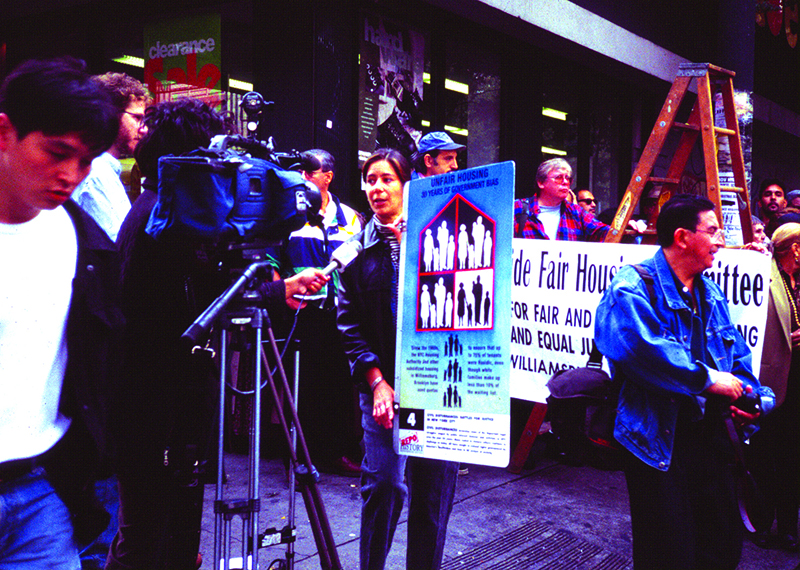Core Seminar in Urban Studies
Cindi Katz and Gregory Sholette
Wednesdays 4:15-6:15 Room 6421
Spring 2020
CUNY COMMONS SITE: CORE SEMINAR URBAN STUDIES SPRING 2020
29 January—Introductions
5 February—Urban History and Theory
Robert E. Park 1915. “The City: Suggestions for the Investigation of Human Behavior in the Urban Environment,” American Journal of Sociology 20(5): 577-612.
Ernest W. Burgess 1925. “The Growth of the City: An Introduction to a Research Project,” in Robert E. Park, Ernest W. Burgess, and R.D. McKenzie, The City. Chicago: University of Chicago Press, pp. 47-62.
*Note: a cleaner version of Burgess essay appears after Park in the link above.
Aihwa Ong 2011 Worlding Cities or the Art of Being Global (Introduction) Worlding Cities: Asian Experiments and the Art of Being Global, edited by A. Roy and A. Ong. Oxford: Wiley-Blackwell, pp. 1-26.
Ananya Roy 2011 Postcolonial Urbanism: Speed, Hysteria, Mass Dreams (Conclusion) Worlding Cities: Asian Experiments and the Art of Being Global, edited by A. Roy and A. Ong. Oxford: Wiley-Blackwell, pp. 307-35.
Berlin: Symphony of a Great City. Walter Ruttmann, 1927 (movie)
Manhatta, Paul Strand & Charles Sheeler, 1921 (movie)
12 February—No Class, Lincoln’s Birthday
19 February—More Urban History and Theory
Neil Brenner, 2013. “Theses on Urbanization,” Public Culture 25(1): 85-114.
Henri Lefebvre, 1979 (2009). “Space: Social Product and Use Value,” chapter 8 in State, Space, World: Selected Essays, ed. N. Brenner and S. Elden; trans. G. Moore, N. Brenner, and S. Zelden. Minneapolis: University of Minnesota Press.
Jane M. Jacobs, 2012. “Urban Geographies I: Still Thinking Cities Relationally,” Progress in Human Geography 36(3):412–422.
26 February—Art, Culture and Urbanism: History/Theory
Nandini Bagchee 2018. and to Counter Institution: Activist Estates of the Lower East Side, New York: Fordham University Press:
Guy Debord 1958 (2015). “Theory of the Dérive.” Internationale Situationniste 2.20.05 (1958): 2015.
Brian Holmes, “Swarmachine: Activist media tomorrow.” Third Text 22.5 (2008): 525-534.
Gregory Sholette 2019. “Activating the Archive From Below at a Moment of Cultural and Political Crisis,” Post-Digital
4 March— Cities and Everyday Life
* Sidewalks Chapter only: Jane Jacobs Sidewalks
Friedrich Engels, 1845 (1892, 1943). “The Great Towns,” chapter 3 in The Condition of the Working Class in England in 1844, trans. F. Kelley. London: Allen & Unwin.
Louis Wirth 1969 (1937). Urbanism as a way of life. In Classic Essays on the Culture of Cities, edited by R. Sennett. Englewood Cliffs, N.J.: Prentice- Hall, pp. 143-64.
11 March—Security and Surveillance Landscapes
Cindi Katz 2007. “Banal Terrorism: Spatial Fetishism and Everyday Insecurity,” in Violent Geographies: Fear, Terror, and Political Violence. New York: Routledge, pp. 349-61.
Stephen Graham, 2010. Cities Under Siege: The New Military Urbanism, Chapter 10, “Countergeographies.” London: Verso, pp.
pages 348-385.
Eyal Weizman, 2017. “At the Threshold of Detectability,” from Forensic Architecture: Violence at the Threshold of Detectability.”
Eyal Weizman, “Israeli Military Using Post-Structuralism as “Operational Theory”‘
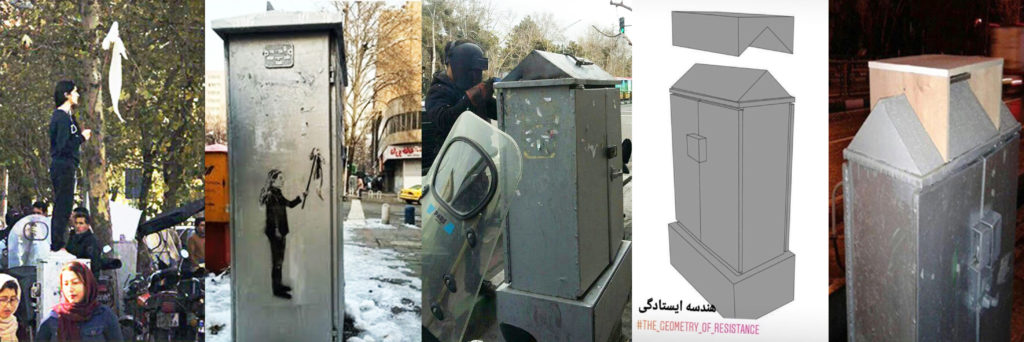
In December of 2018 Vida Movahed stood on a telecommunications utility box on Revolution Street in Tehran without her headscarf (which she waved like a flag attached to the end of a stick), in protest against Iran’s compulsory hijab laws. She was quickly arrested. However, other women began to repeat this act. In response the Iranian government tried to prevent further protests by welding a peaked structure on top of utility boxes. An anonymous individual then circulated plans for producing a DIY device that would circumvent the peaked structure, and allow protestors to safely stand on the boxes again. They titled their plan “The Geometry of Resistance”.
25 March—Policing
John Berger, 1968.“The Nature of Mass Demonstrations,” International Socialism.” No 34, Autumn pp. 11-12.
Alex S Vitale, 2018. “The Transformation of Policing,” Chapter 6, City of Disorder: Brooklyn: Verso. pp 115-182.
Interview with Patrisse Cullors (Black Lives Matter Co-Founder).
See Also:
About artist Dread Scott: “How A 90-Year-Old Flag Became A Symbol For Black Lives Matter.”
Artist Suzanne Lacy et al. “The Oakland Projects 1991-2001.”
1 April—Gentrification and ‘Art Estates’ One
Neil Smith, 1979. “Toward a Theory of Gentrification: A Back to the City Movement by Capital, not People,” Journal of the American Planning Association 45(4): 538-48.
Craig Owens, 1984. “The Problem with Puerilism,” editorial from Art in America, Summer, pp. 162-163.
Adam Elliott-Cooper, Phil Hubbard & Loretta Lees, 2019. “Moving Beyond Marcuse: Gentrification, Displacement, and the Violence of Un-Homing.” Progress in Human Geography, pp. 1-18.
Covid-19 focused material:
Reports about pandemic from cultural activists on Greg’s blog who were asked:
Q: How does collectivism work in a time of social distancing?
Q: What future do you see coming?
_____________
AND some artists whose work has addressed issues of social visibility and invisibility, racialized bodies, contagion, fear and urban communalism/ isolation:
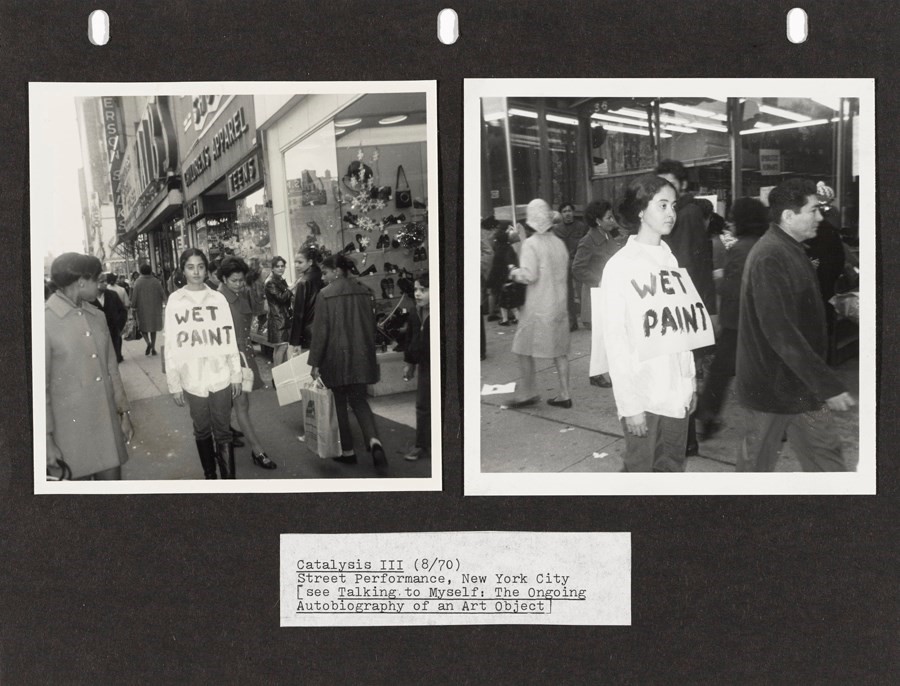
1970: Piper (African American artist) strolls down a busy New York sidewalk, her clothes soaked with what appears to be a viscous white emulsion. Handwritten across her seemingly soaked shirt is the phrase WET PAINT. She walks and invites passersby to touch her gooey self, to join her state of wetness as whiteness asserts itself as a color (typically excluded from the category, though, in a racialized society exclusion speaks volumes). Meanwhile, Piper’s scandalous milky vestment offered city strangers a profane epiphany pushing beyond chromatic perception into an uncertain phobic terrain about women’s bodies, black skins, communal exclusions and an indisputable social acidity.
Adrian Piper Catalysis III (1970)
_____________

Haacke’s cancelled 1971 show was described by Guggenheim director as an “alien substance that had entered the museum organism.”
Hans Haacke Shapolsky et al. Manhattan Real Estate Holdings, a Real-Time Social System… (1971)
_____________

“After the revolution, who’s going to pick up the garbage on Monday morning?’
From M. Ukeles’ Maintenance Manifesto: CLICK
Mierle Laderman Ukeles Washing/Tracks/Maintenance (1973)
Martha Rosler The Bowery in two inadequate descriptivesystems (1974–75)
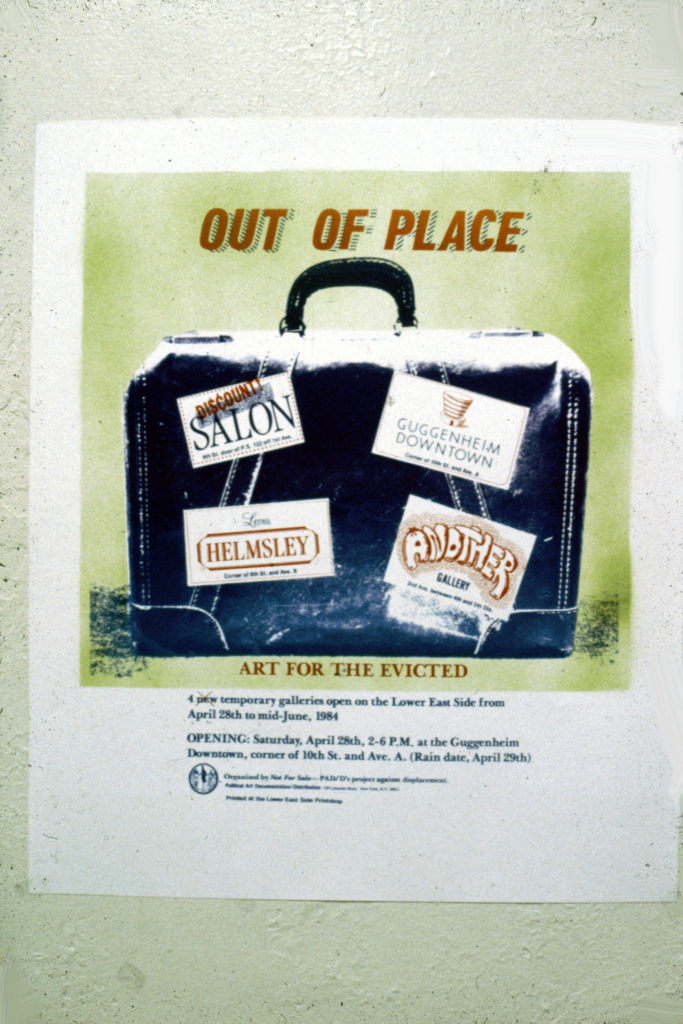
Political Art Documentation/Distribution: The Lower East Side is Not For Sale (1984) & A Tour of the Lower East Side circa 1984.
WAVE Women’s AIDS Video Enterprise + The End of the Epidemic Needs to Include Us: Women (87-2019)
Critical Art Ensemble Marching Plague Vs The FBI (2005-07)
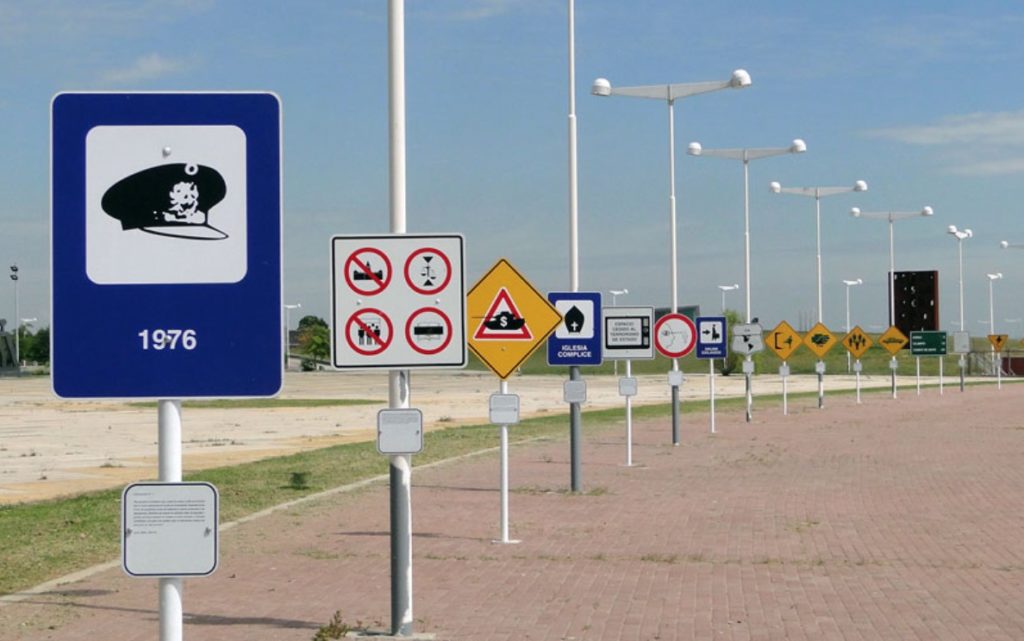
“For many years, “Living Ghosts” was the slogan used by human rights organizations against those culpable for the atrocities in Argentina. Since its appearance, the slogan was always linked to a forceful use of public space and of the accompanying image. The acts and interventions in the public space produced it as a site in which the traces of the recent past are transmitted and where these traces are placed in relation to the construction of public images” From the book Grupo de Arte Callejero: thought, Practices, And Actions: CLICK
Grupo de Arte Callejero Street art Vs genocidal generals (1997-2017)
Krzysztof Wodiczko Alien Staff (1993) and Loro (Them) in Italy (2019)
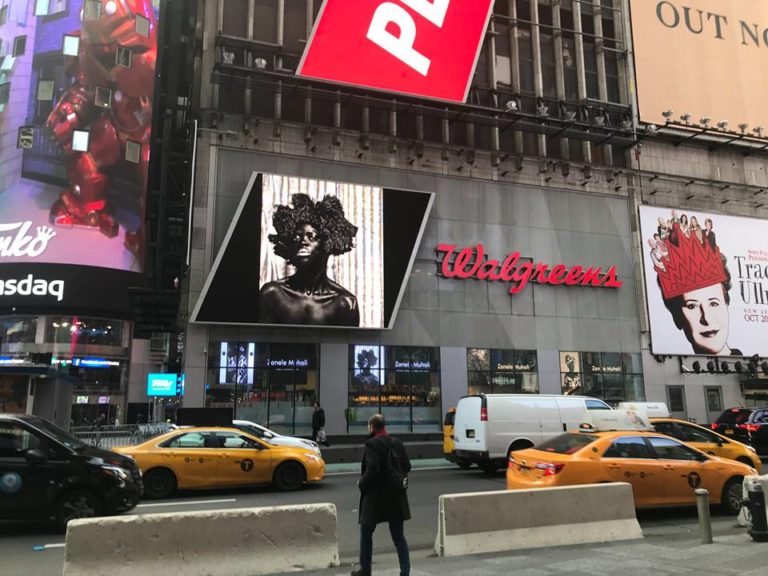
“The key question that I take to bed with me is: what is my responsibility as a living being—as a South African citizen reading continually about racism, xenophobia, and hate crimes in the mainstream media? This is what keeps me awake at night.” From an interview with Muholi: CLICK
Zanele Muholi #VisualActivism: Taking over New York City (2017)
_____________
ARTFORUM piece on Ukeles & Covid-19: CLICK
Additional / Optional Readings:
Loretta Lees, 2019. “Planetary Gentrification and Urban (Re)Development,” Urban Development Issues 61: 5-13
Stephen Pritchard, 2016. “Hipsters and Artists are the Gentrifying Foot Soldiers of Capitalism,” The Guardian, Sept. 13: 2018
“The Collective Making of ABC NO RIO,” Nandini Bagchee
Gregory Sholette, 2017. “Mysteries of the Creative Class, or, I Have Seen the Enemy and They is Us,” from Delirium and Resistance: Activist Art and the Crisis of Capitalism, Pluto Press, pp. 112-17.
These are the guidelines from the AAG Review of Books on link below. Please feel free to write longer reviews than they recommend–say, 1,500-2,500 words. Let us know if you have any questions. And if you haven’t let us know what book you’ll be reviewing please remember to do that once you decide. http://www.aag.org/AAGRB_Reviewer_Guidelines
_____________
22 April—Theaster Gates, Art Estates Two, and the recursive histories of ‘urban renewal’
Adrian Anagnost, “Theaster Gates’ Social Formations,” issue 24, NONsite.org.
Nandini Bagchee Chapt 3 The Communitarian Estates of Loisaida.
Samuel Zipp, 2010. “Culture and the Cold War in the Making of Lincoln Center” and “The Battle of Lincoln Square,” chapters 4 and 5 in Manhattan Projects: The Rise and Fall of Urban Renewal in Cold War New York. New York: Oxford University Press, pp. 155-249; notes pp. 403-18.
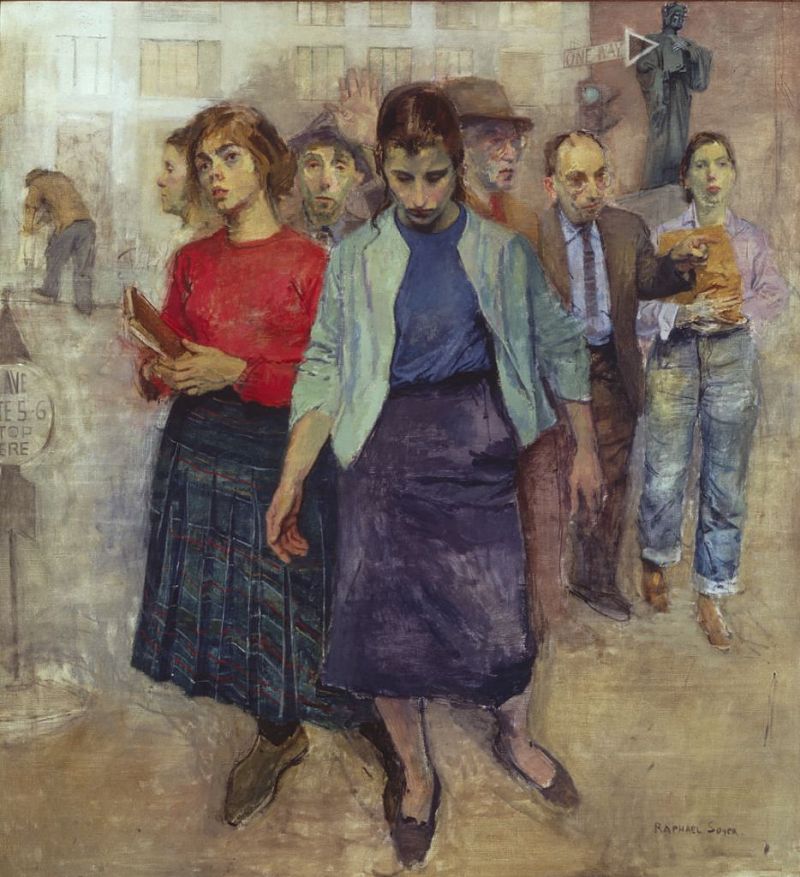
Additional Readings & Resources:
John Colapinto, “The Real-Estate Artist,” The New Yorker, Jan. 20, 2014.
Gregory Sholette, “Art After Gentrification,” from Delirium and Resistance: Activist Art and the Crisis of Capitalism, Pluto Press, 2017. pp 127-148.
Stephen Wright: On Usership and the Reverse Readymade
Gabrielle Bendiner-Viani, 2018. Contested City: Art and Public History as Mediation at New York’s Seward Park Urban Renewal Area, Iowa City: University of Iowa Press, Chapters 1,2,6: pp. 1-63; 127-35; notes pp. 137-53; 164-65.
Contrasting Urban Art Projects:
SPQ’s Transforming Corona Plaza Project:
Sholette and Bass, Art As Social Action, Book chapter: “Transforming Corona Plaza/Corona Studio: A Seminar Developed by Queens Museum, Queens College Art/Social Practice Queens, and the Urban Studies Departments.” pp 255-260.
29 April—The Bronx, Urban Memory and REPOhistory
Cindi Katz, “A Bronx Chronicle.” (approx 10 pages with images)
Mark Donnelly, 2018. “Can Counter Histories Disturb the Present? REPOhistory’s Street Signs Projects, 1992–1999.” Art History & Criticism, 14.1: 51-61 (approx 8 pages)
Shellyne Rodriguez, “How The Bronx Was Branded,” The New Inquiry, January 29, 2019 (approx 8 pages).
More visual resources for REPOhistory:
1992 REPOhistory sign project catalog
Overview of REPOhistory 1989-2000
Online documentation of REPOhistory signs (select)
Fordham Urban Law Journal about 1998 REPOhistory project
Optional additional readings and resources:
And for some fun… Critical writings about 1980 Bronx based horror movie “Wolfen
Wolfen opening scene (video with violence)
The Wolfen’s alien vision (video)
They’re NOT wolves! (video)
6 May — Erotics of Public Space
Douglas Crimp, Action around the Edges. Catalog Essay, 2010.
Chelsea Piers / Cruising Piers / Anderson, Fiona. “Cruising the Queer Ruins of New York’s Abandoned Waterfront.” Performance Research 20.3 (2015): 135-144.
Recommended:
Sam Delany Times Square Red/Times Square Blue
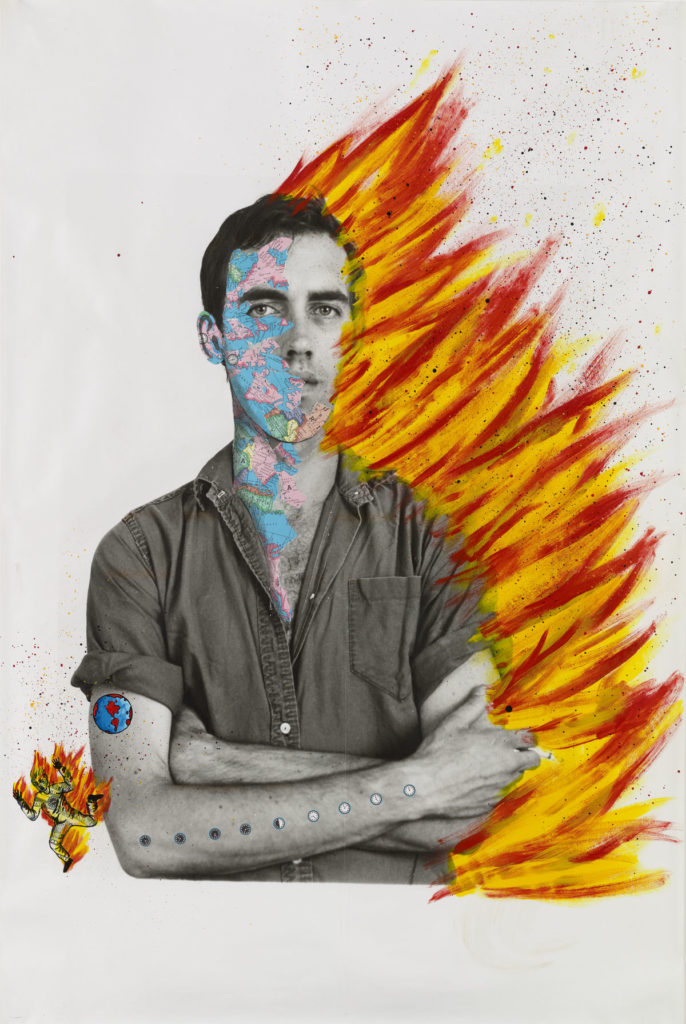

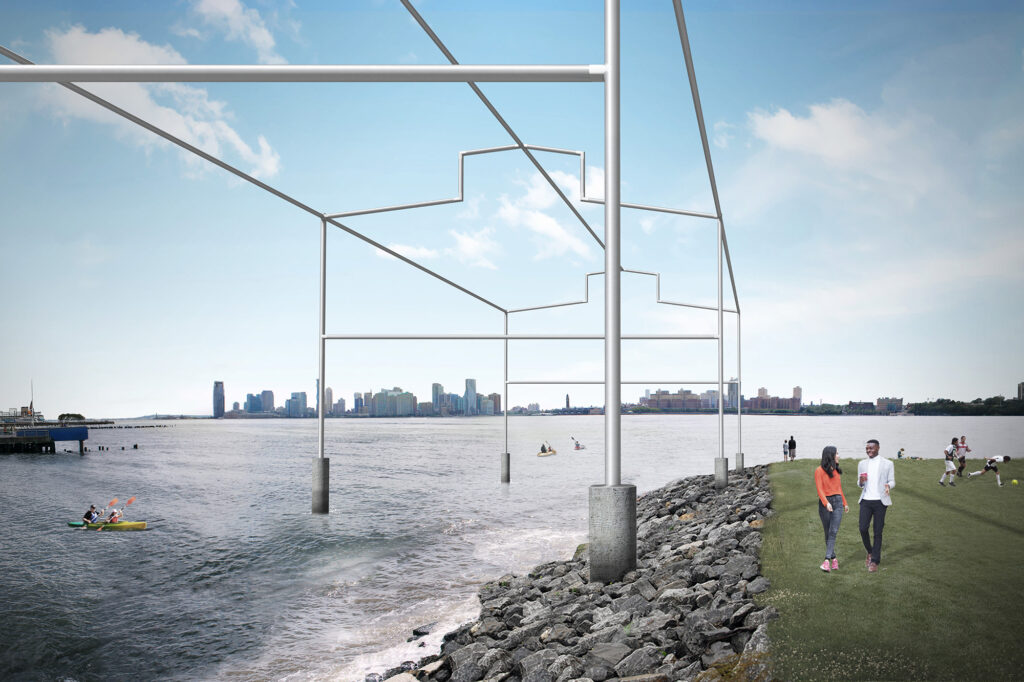
13 May— Select Book Reports and the Colonial City
Hugill, David, 2017. “What is a settler-colonial city?” Geography Compass 11(5): 1-11.
Lagae, Johan 2018. “Belgian Imperialism: The Colonisation of the Congo,” The Architectural Review
Beverley, Eric Lewis 2011. “Colonial Urbanism and South Asian Cities,” Social History 36(4): 482-97.
A List of Additional Proposed Books is here: CLICK
Bonus material: Immigration and Urbanis:
Sholette interview Teddy Cruz Urban Policy & Social DNA
NY Times on Tania Bruguera: Immigrant Movement International (IMI)
Interview with Tania Bruguera about IMI (video)
Kathleen Neils Conzen, 1979. “Immigrants, Immigrant Neighborhoods, and Ethnic Identity: Historical Issues,” Journal of American History (December) 66(3):603-615
A. K. Sandoval-Strausz, 2014. “Latino Landscapes: Postwar Cities and the Transnational Origins of a New Urban America,” Journal of American History 101(3):804-31.

